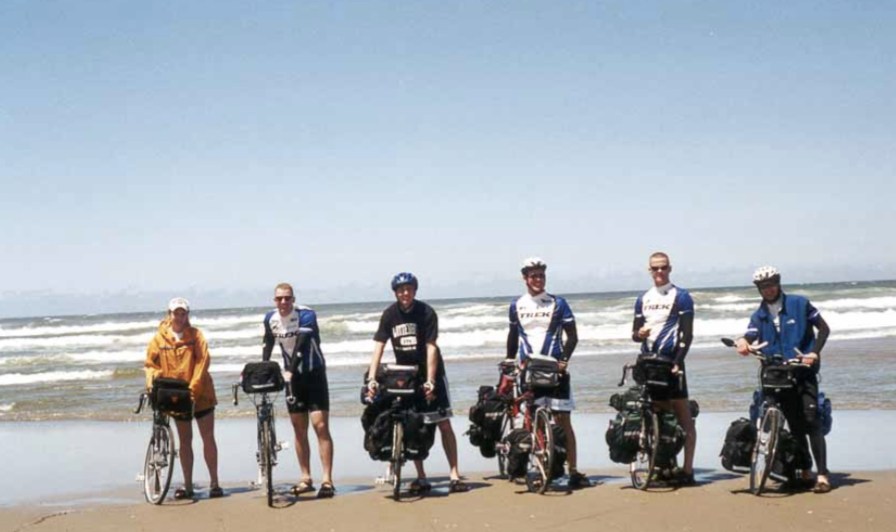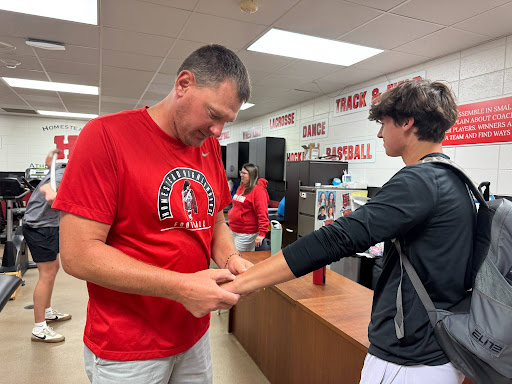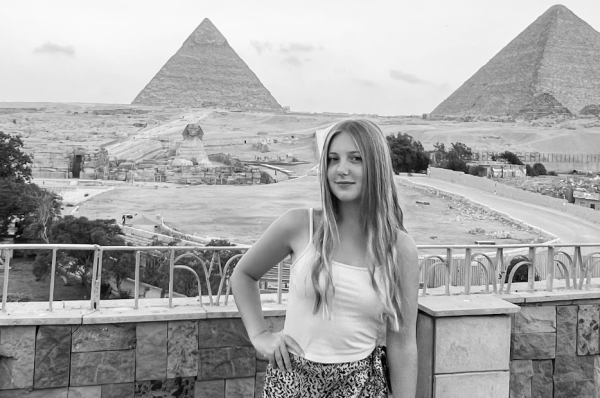I learned how to be homeless,” Steve Manor, math teacher, says as he reflects on his experiences biking across the United States.
58 days.
What started as just an idea became a reality when Manor and his friends tipped the rear tire of their bikes in the Atlantic Ocean. It was June 2001, and Manor and three friends set out on a journey that would transform their lives.
By the time he completed the ride, he had traversed 4,270 miles across the United States, averaging an astonishing 71 miles per day, dipping his front tire in the Pacific Ocean.
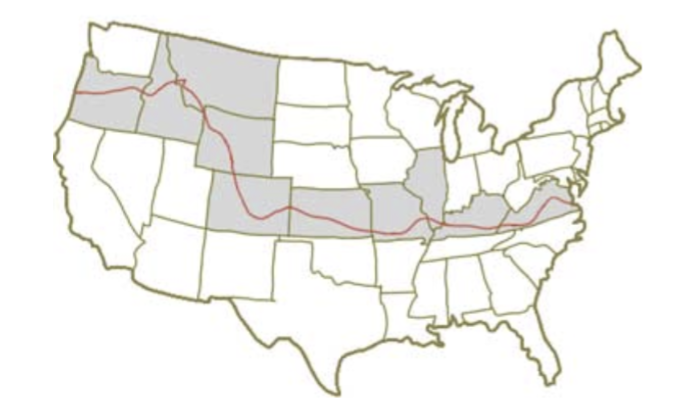
His adventure began with a simple desire: to go on a trip with his friends. He recalls the ambition to do so happening very spontaneously.
Day after day, he had 50 pounds of gear strapped to his bike—including a sleeping bag and tents. It may seem like the hauling of the gear, miles and climbs would be the greatest struggle, but it was actually the never-ending flats of Kansas “where temperatures reached 108 degrees and there was nothing but fields and hot sun. You learn to love being on the bike,” he reflects.
Along the way, Manor recalls meeting kind and generous people—people who welcomed him into their homes and shared stories together over dinner.
“We’d pull into a gas station, and people would see our bikes. They’d start asking questions, and before you knew it, they’d invite us to sleep in their yard,” Manor recounts with a smile.
Random encounters often led to a place to call home for the night and a meal to pair.
One of the most profound lessons Manor learned on his journey was the art of living with less. He noticed that when he returned from the trip, he began to realize how much he had and how little he truly needed.
“A lot of people simplify their lives after a trip like this. They realize they don’t need all this stuff because they survived on nothing for so long.”
He found himself shipping excess gear back home after realizing he had packed too much.
“We started with way too much stuff,” he admits. “You really learn what’s essential.”
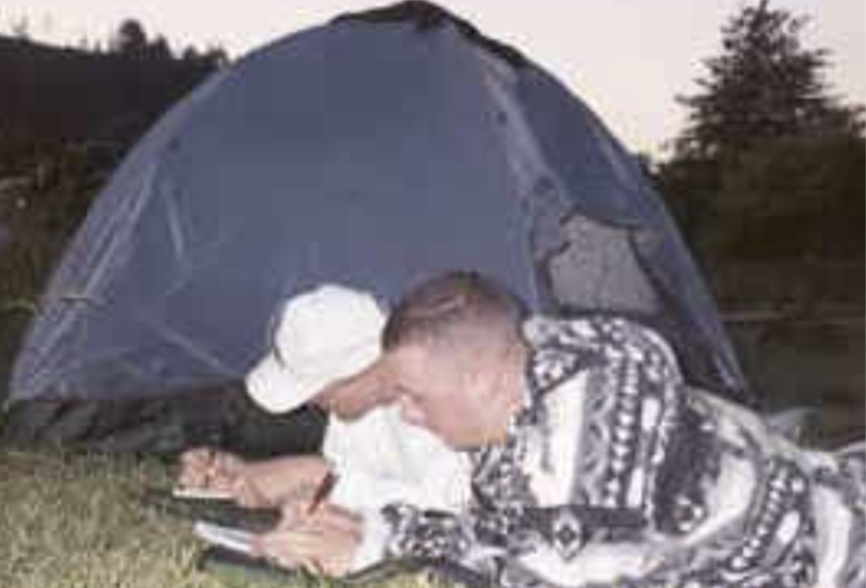
Food was a crucial element of survival—and often, the source of great camaraderie and humor. Manor and his friends developed a diet that might make nutritionists ponder.
“We always had peanut butter with us, and we’d buy boxes of oatmeal cream pies,” he shares, chuckling. “We’d walk through the store, and the guys would say, “Hey, give me one!” So we ate them all in the store and ended up just paying for the box,” he recalls. “Star Crunch Brownies were the best bang for your buck because they would have the highest calories for the lowest price,” he jokes.
He recalls tracking his calories one day, and he counted over 8,000.
“Once, I ate a whole rotisserie chicken by myself. We would see a buffet and eat 5,000 calories. They lost money on us, that’s for sure.”
The sheer joy of indulging in food became one of the highlights of their journey.

Manor faced numerous challenges, including navigating soaring mountain passes.
“The highest was about 11,000 feet,” he explains. “On the way up, we put it in the lowest gear. Coming back down was just fun, sometimes even with a foot of snow.”
The thrill of descending those heights, the wind whipping past him, was something he will never forget. 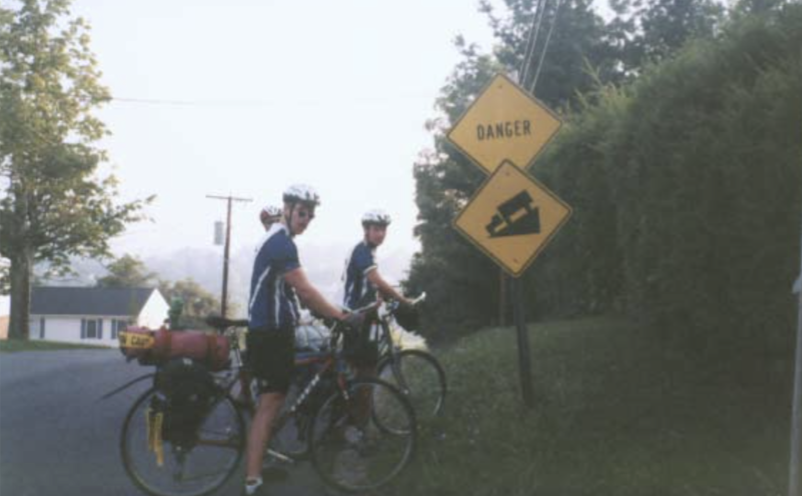
Their longest day of riding stretched an impressive 200 miles.
“We woke up at 5 a.m., started riding, and the wind was at our backs. We just kept going,” Manor remembers, the exhilaration still evident within him.
For Steve Manor, traveling across America was about more than simply the distance traveled; it was also about the relationships he formed and the acceptance of simplicity.
Along with stories of excitement, he brought back a fresh outlook on life—one where the journey, rather than the destination, is what truly matters.

